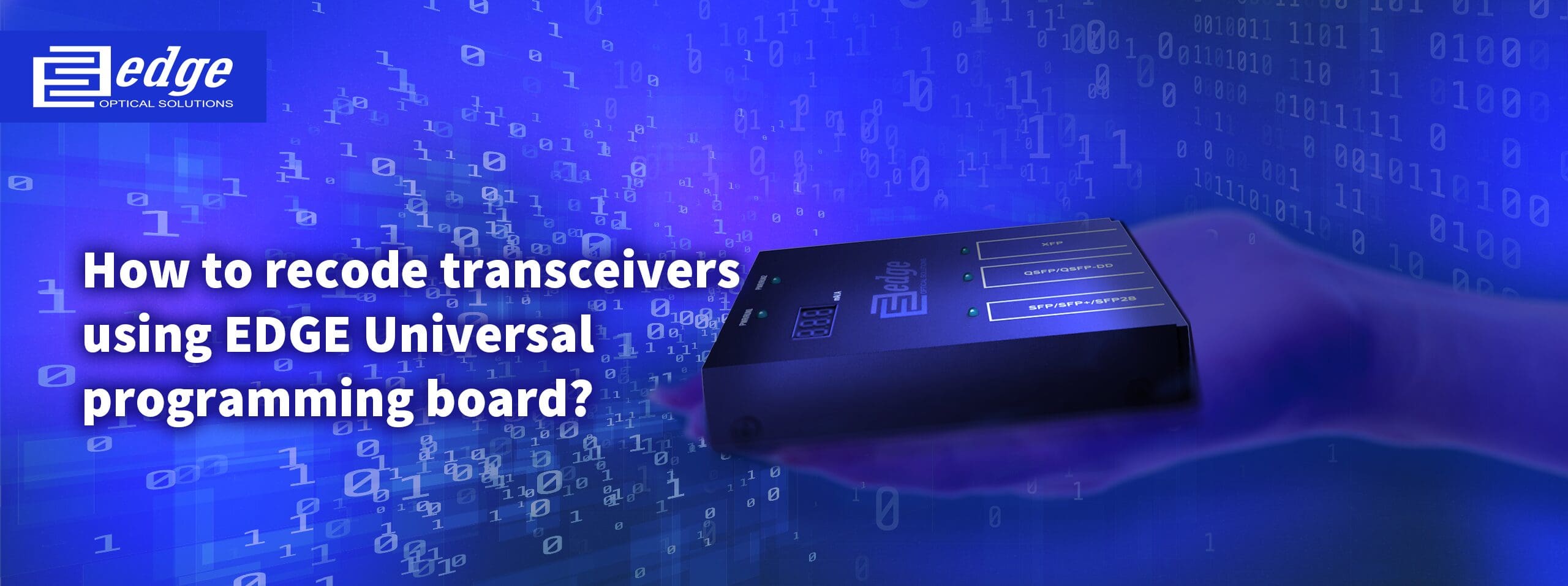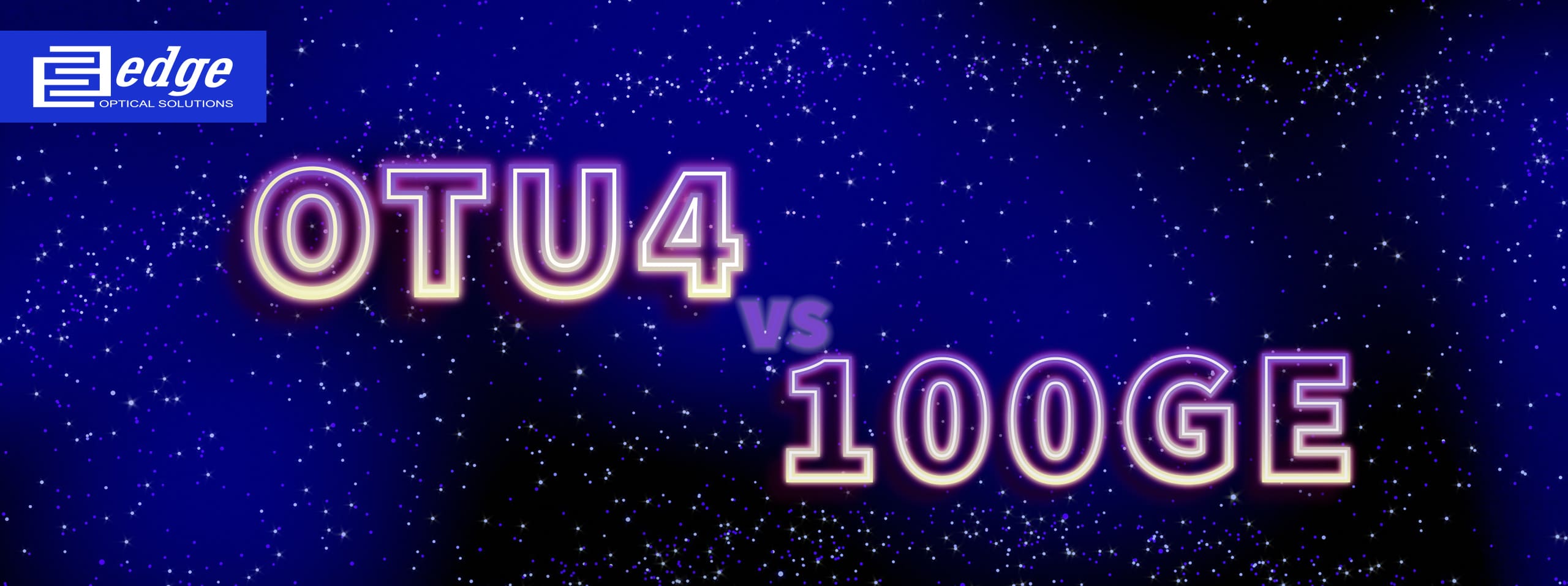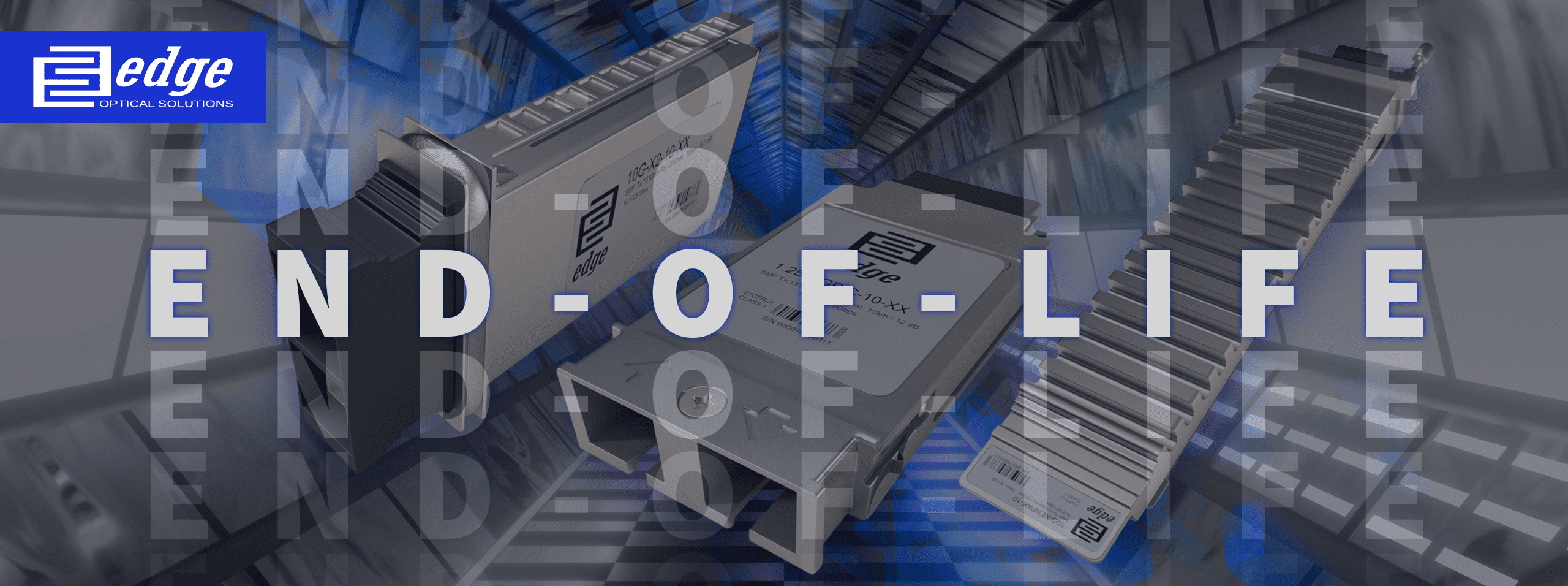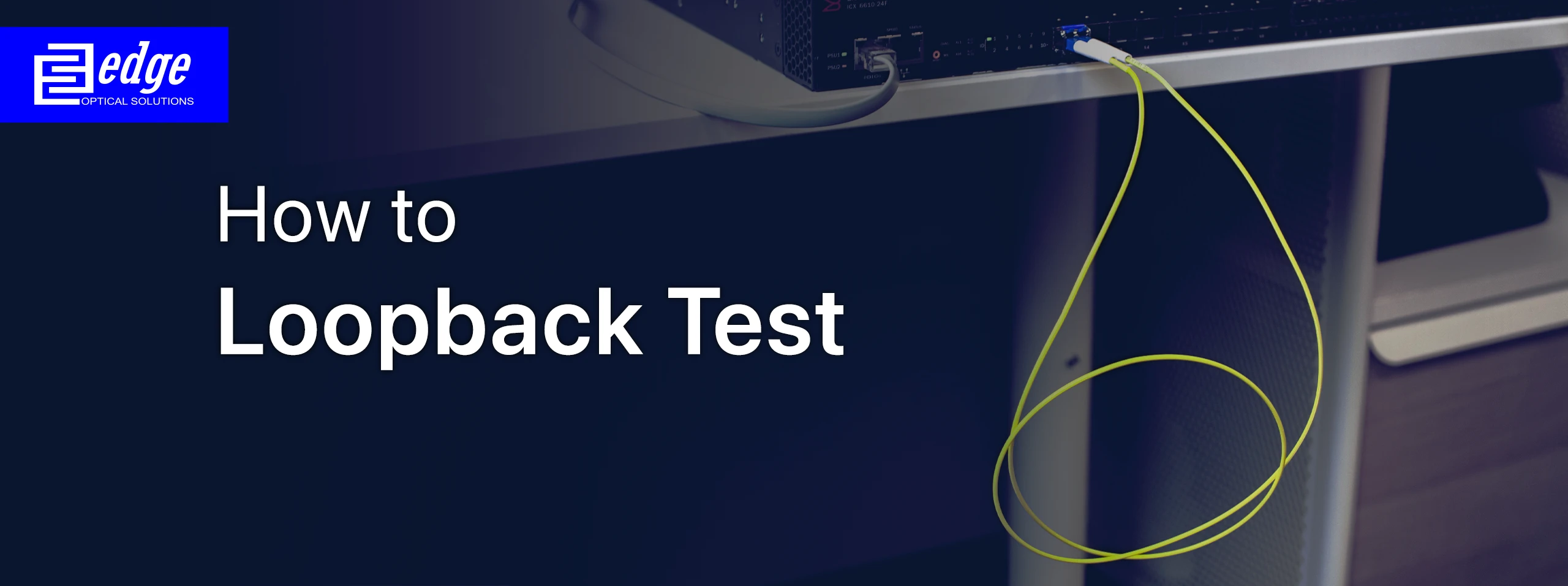Industrial-Temperature Optical Transceivers: What Matters and Why
[vc_row css_animation="" row_type="row" use_row_as_full_screen_section="no" type="full_width" angled_section="no" text_align="left" background_image_as_pattern="without_pattern"][vc_column][vc_column_text css=""] Temperature specifications [/vc_column_text][vc_empty_space height="30px"][vc_column_text css=""] In environments where precision and reliability are critical, understanding the operational temperature range of components is fundamental. Unlike standard-grade sensors, industrial temperature transceivers are engineered to withstand extreme conditions. So incase your network ever...





